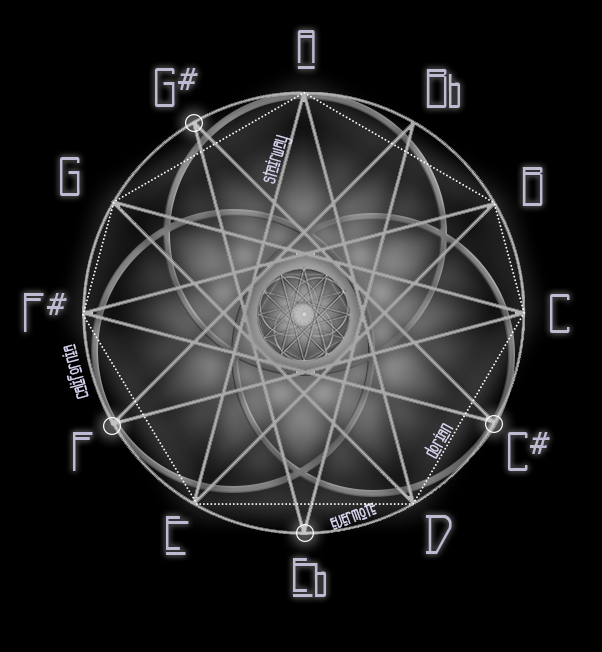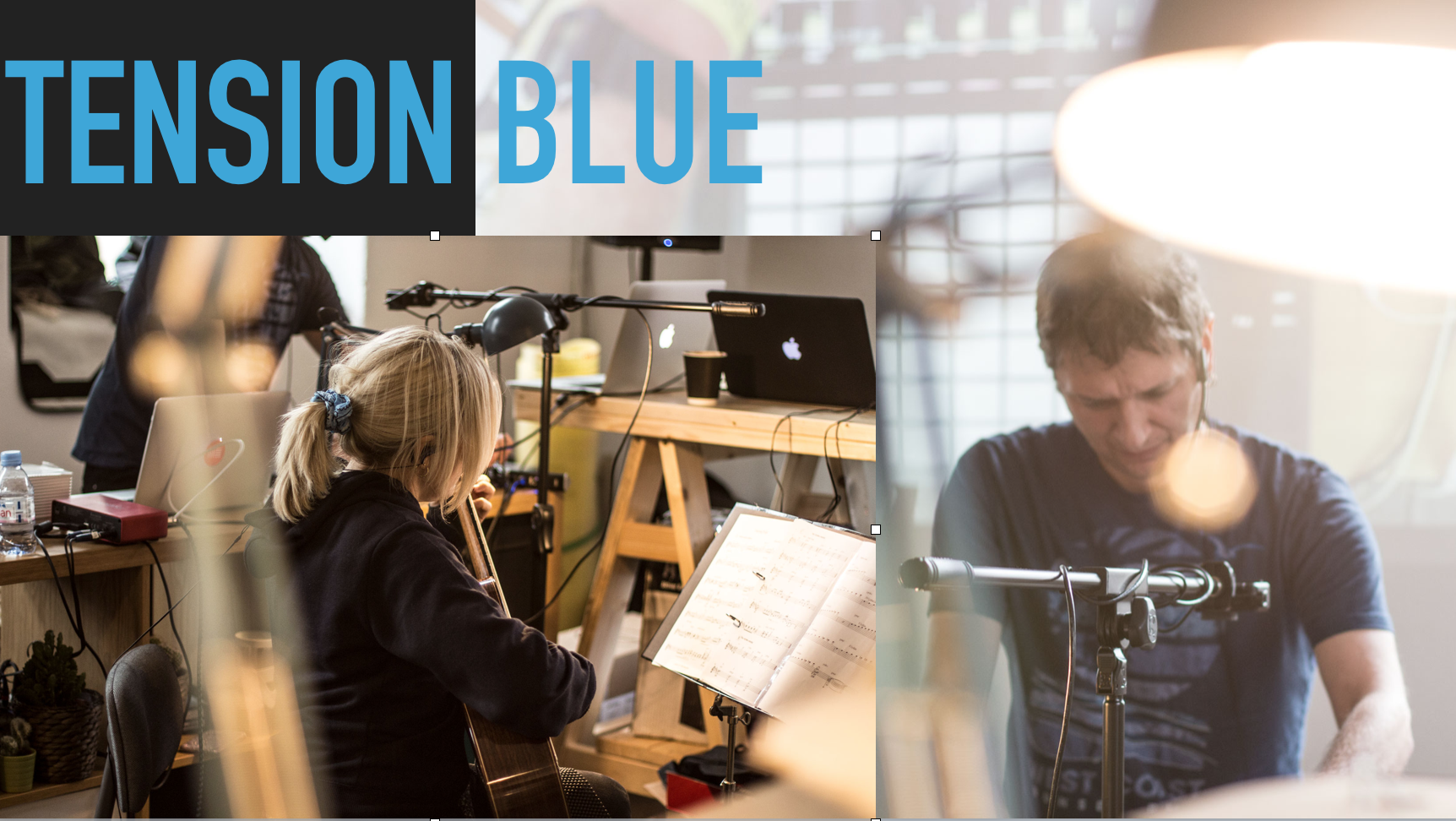A musical theoretical tour of the Beatles and their stylistic, lyrical, rhythmic, harmonic and technological invention.
Category: Guitar

Some words on Jeff Beck (with John McGrath of the IGRC)for the Conversation
Release of Perks & McGrath edited collection of contemporary guitar research. A wonderful project to be involved with (contributing a chapter on ‘The Digital Fretboard) and design the cover)

In the 21st Century, the guitar, as both a material object and tool for artistic expression, continues to be reimagined and reinvented. From simple adaptations or modifications made by performers themselves, to custom-made instruments commissioned to fulfil specific functions, to the mass production of new lines of commercially available instruments, the extant and emergent forms of this much-loved musical instrument vary perhaps more than ever before. As guitars sporting multiple necks, a greater number of strings, and additional frets become increasingly common, so too do those with reduced registers, fewer strings, and fretless fingerboards. Furthermore, as we approach the mark of the first quarter-century, the role of technology in relation to the guitar’s protean nature is proving key, from the use of external effects units to synergies with computers and AR headsets. Such wide-ranging evolutions and augmentations of the guitar reflect the advancing creative and expressive needs of the modern guitarist and offer myriad new affordances.
21st Century Guitar examines the diverse physical manifestations of the guitar across the modern performative landscape through a series of essays and interviews. Academics, performers and dual-practitioners provide significant insights into the rich array of guitar-based performance practices emerging and thriving in this century, inviting a reassessment of the guitar’s identity, physicality and sound-creating possibilities.
https://www.bloomsbury.com/uk/21st-century-guitar-9781501373305/
IGRC22

The IGRC are delighted to announce the International Guitar Research Centre Conference 7th to 9th October 2022
REGISTER HERE
For information: http://IGRC.site/IGRC22
A shamefully/lessly nerdy exploration of the guitar fretboard, its nature, language and futures. Adapted from my keynote lecture at the 2022 Guitar Foundation of America conference.
Martino Unstrung (2008, Sixteen Films, dir. Ian Knox) – the Pat Martino documentary I had the unique privilege of scoring – is now distributed through Journeyman Pictures and available for rent, purchase on iTunes, GooglePlay, Vimeo as well as screening requests. A rare insight into a rare artist. https://www.journeyman.tv/film/6605
http://martinounstrungfilm.com

MYMA Release
A quick, easy and fun collaboration with school friend, composer, keyboardist and drummer Stefan Melzak led to a release of Sixties Jazz Grooves with the great French label MYMA
Bendology in Total Guitar
It was fun putting together this article with Chris Bird for Total Guitar (Feb 2022), and using the whole BoomerBendGate as an opportunity for some bendological research. In so doing discovered some ridiculously killer zoomer players in Tim Henson, Mateus Asato, Wes Hauch, Ichiko Nito, Plini and all.
And is now published online in Guitar World


Pat Martino GT Tribute
John Mayer in GT
My article on the remarkable John Mayer’s Blues techniques is the cover feature of Guitar Techniques GT328. Read it and (make your guitar) weep.

The wonderful New Zealand classical guitarist and professor Matthew Marshall is touring Insighted in his 12-date tour around NZ and Australia (July-August 2021) in a super eclectic programme. Sounds great in rehearsals, what fun. Score now available.

It was fun writing this track-by-track musicological analysis of Led Zep IV (50 this year ahem) for the cover feature of Classic Rock Magazine. Limited by copyright and terminology, it’s challenging and instructive to communicate deep theory without dumbing down. Also I now know how to hear the beginning of Rock n Roll and the bridge of Stairway. Get it here and all reasonable shops.

Lessons from Eurovision
Total Guitar (Issue 345) has published an article on what Eurovision teaches us about music listening, and (guitar) performance. Some sample images below on rhythmic, perception, tempo and modulation respectively.
Eurometal in Guitar World
My Total Guitar article is here re-adapted and syndicated in Guitar World. The intersection of Metal and Eurovision – Eurometal.

Anatomy of a Guitar Solo
Originally commissioned for Total Guitar, this examination of the reader-voted top 50 guitar solos is now publicly available on Guitar World.


A live video presentation at the fantastic 21st Century Guitar Conference “in” Lisbon, March 2021, hosted by the wonderful Amy Brandon and Rita Torres. ‘Digital Self-Sabotage’ explores we guitarists’ deep and twisted engagement with the fretboard, and how technology can expand and disrupt this bond for learning and insight.
An incredible experience providing the keynote presentation at the Hong Kong Academy of the Performing Arts as part of the 3rd Altamira Guitar Symposium and International Guitar Research Conference. The paper Nuages: Rhythmic Diffusion in the music of Roland Dyens explores the extraordinary rhythmic sensibilities of the recently departed guitarist/composer, and was an honour to be given the opportunity for such a tribute, in such an amazing venue among such company.
Looking forward to joining the great team of Justin Sandercoe, Bridget, Jon Bishop, Steve Allsworth at the tuition clinics at the UK Guitar Show 29-30 September 2018 at the Olympia Exhibition Centre. I’ll be doing two fun sessions:
Uncaging Rhythm Guitar (29/9/18 1.30-2pm)
Jazz Guitar for Mortals (30/9/18 12.30-1pm)
Full details below
https://www.musicradar.com/news/justin-sandercoe-leads-uk-guitar-show-tuition-clinic-announcements
https://www.ukguitarshow.com/speakers/milton-mermikides

Bridget and Milton Mermikides will be performing their classical guitar and live electronic project, Tension Blue at Canterbury Christ Church University, preceded by a talk on Milton’s Hidden Music series. Wednesday 24th January 2018, St Gregory’s Centre for Music (Talk 11.45am, Concert 1.10-2pm), Free Entry.

Swing friction is a term I coined in my PhD thesis and is defined as the differential of swing values between individual performers (or groups of performers). If the swing friction is significantly large and consistently maintained, it may form a characteristic of ensemble feel.
Chuck Berry’s Johnny B. Goode (Berry 1958) provides an instructive example of swing friction. Berry, often considered the father of rock n’ roll, was instrumental in ‘straightening out’ the blues 12/8 shuffle rhythm into the archetypal electric guitar riff. Johnny B. Goode features this ‘straight 8th’ guitar rhythm, as well as equally straight lead playing juxtaposed with a stubbornly bouncy drum, bass and piano feel. Heavily swung quaver values occur in the ride cymbal pattern, often near the 67% mark, a significant deviation of over 52ms from the straight quaver at 170bpm. The guitar rhythm part however remains resolutely straight rarely venturing beyond 52% swing. This already large 15% discrepancy of swing value is exaggerated with the guitar part often sitting on top of the beat (ranging between 0% and -4% latency) leading to a mean separation of about 17% (≈60ms). The lead guitar is equally straight, although not pushed, and occasionally falling behind the beat. Piano interjections are loose but quavers are generally quite swung, mainly in the 60-67% range and repeated quaver triplets prevail. The bass plays mainly crotchets, with the occasional quaver (usually ≈67%). A representative extract from the track can be heard here:
Figure 1 shows a composite two bar template for the lead, rhythm, bass and drum parts, with time-feel components added. There is a huge gap between the swing values of the guitars and bass and drums. The vocal track tends to fall in between these two extremes. In order to hear the effect of swing friction, This example contains electronic sequences of this section with varying time-feel values: 1) as from Figure 1, 2) all instruments at 67% 3) all at 52% 4) all at a middle ground of 60% and 5) back to the ‘true’ values for comparison.

Figure 1. Composite swing and latency values for guitars, bass and drums in Johnny B. Goode.
The sequences have been rendered with MIDI instruments on purpose; although the section would sound better with human performers, but the elimination of the inflection they would inevitably provide allows focus on the power – and limitations – of the SLW model. Mean values for swing and latency have been provided, but the standard deviations of these values introduce the component of looseness or tightness, again different between players. Weighting elements also occur, (the cymbal has a slight emphasis on offbeat quavers for example,) with both mean and standard deviations). This extract plays the sequence first as Figure 1 then with swing, latency, weighting standard deviations from Figure 2 introduced, which add a clearly-defined randomness to each of three time-feel elements, and instruments, individually. There is a subtle but appreciable difference between the sequences; attention to the cymbal pattern, for instance, will reveal a slight offbeat emphasis and looseness.
| Lead Guitar | Rhythm Guitar | Bass | Drums |
| µs= 51 ∂s=1.5 µl= 2 ∂l=
µw= -3 ∂w= 2 |
µs= 52 ∂s=1
µl= -3 ∂l= 1 µw= -3 ∂w= 2 |
µs= 67 ∂s=2
µl= 0 ∂l= 1 µw= 4 ∂w= 2 |
µs= 67 ∂s=2
µl= 0 ∂l= 0 µw= 2 ∂w= 1 |
Figure 2 Mean and standard deviation values of swing, latency and
weighting (measured as dB level)
An averaging out of time-feel components over the entire track runs the risk of over-generalization and may incorrectly group specific mechanisms that occur only occasionally. There are for example, brief moments when the bass seems to join with the rhythm guitar’s straight quavers. There is also the assumption, with a single matrix per instrument, that all beats of the bar are the same, which ignores the emphasis on crotchets 2 and 4 in the drums. Matrices could be provided for beats 1 and 2, and beats 3 and 4 separately, or even weighting at the crotchet level, for greater sophistication when needed.
Despite these acknowledged limitations, the discretionary use of this type of analysis allows for an instructive and parsimonious description of ensemble time-feel elements.
The 2nd International Guitar Research Centre Conference (March 18-23, 2016) has attracted speakers and performers from every continent, and guitar style. It’s a fantastic line-up, and timetable shaping up.
The next international conference of the International Guitar Research Centre has been announced. It will take place 18th to 23rd March 2016. The call for papers, keynote speakers and headline concert artists can be found here. The deadline for proposals is midnight GMT on Friday 9th October 2015.
The IGRC has no stylistic or conceptual prejudice, if you are doing work that is innovative, creative and related to the guitar, we are interested. For further info
 Molto excited to be running a Jazz guitar course (with Bridget running the parallel Classical guitar course) in the stunning Palazzo Mannocchi in the Marche region of Italy 15-22 August 2015 with Helicon Arts. Italian food and wine, terraces, gorgeous views, 2 swimming pools, all food and trips catered and lots and lots of extended chords, guide-tome lines and tasteful phrasing.
Molto excited to be running a Jazz guitar course (with Bridget running the parallel Classical guitar course) in the stunning Palazzo Mannocchi in the Marche region of Italy 15-22 August 2015 with Helicon Arts. Italian food and wine, terraces, gorgeous views, 2 swimming pools, all food and trips catered and lots and lots of extended chords, guide-tome lines and tasteful phrasing.
Classical and Jazz Guitar Course in Le Marche, Italy
On the 10th anniversary of my bone marrow transplant, you are warmly invited to a concert of the Eclectic Guitar Orchestra, in support of leukaemia charities. April 8th 2015, 7.30pm Bush Hall (Shepherd’s Bush) Tickets a mere £25
Performers include the legendary John Williams, George Uki Hrab, Declan Zapala, Craig Ogden, Bridget Mermikides, John Wheatcroft, Peter Gregson Amanda Cook, Steve Goss Jake Willson and an ever growing list of amazing musicians.
Please join the Facebook event for ticketing information, how you can support the event, to express interest (so I can get an idea of numbers), and a bunch of other exciting stuff to be announced… visit again for unfolding information…
Alexia Coley’s debut album is out on Jalapeño records. It was a pleasure to play geetar on the record and even more of a pleasure to gig the material. Alexia’s music is infectious and a joy to play, and her voice gives me the bumps of many geese.
Here’s a sneak preview:
Purchase:
CD
Jalapeno (GET FREE MP3s): http://bit.ly/1qQENIp
Amazon: http://amzn.to/1sakHKx
Juno: http://bit.ly/1n9e9JP
Digital Download
iTunes: http://bit.ly/1DmPt5C
Juno Download: http://bit.ly/1saf2Em
Beatport: http://btprt.dj/1uQ9lM8










